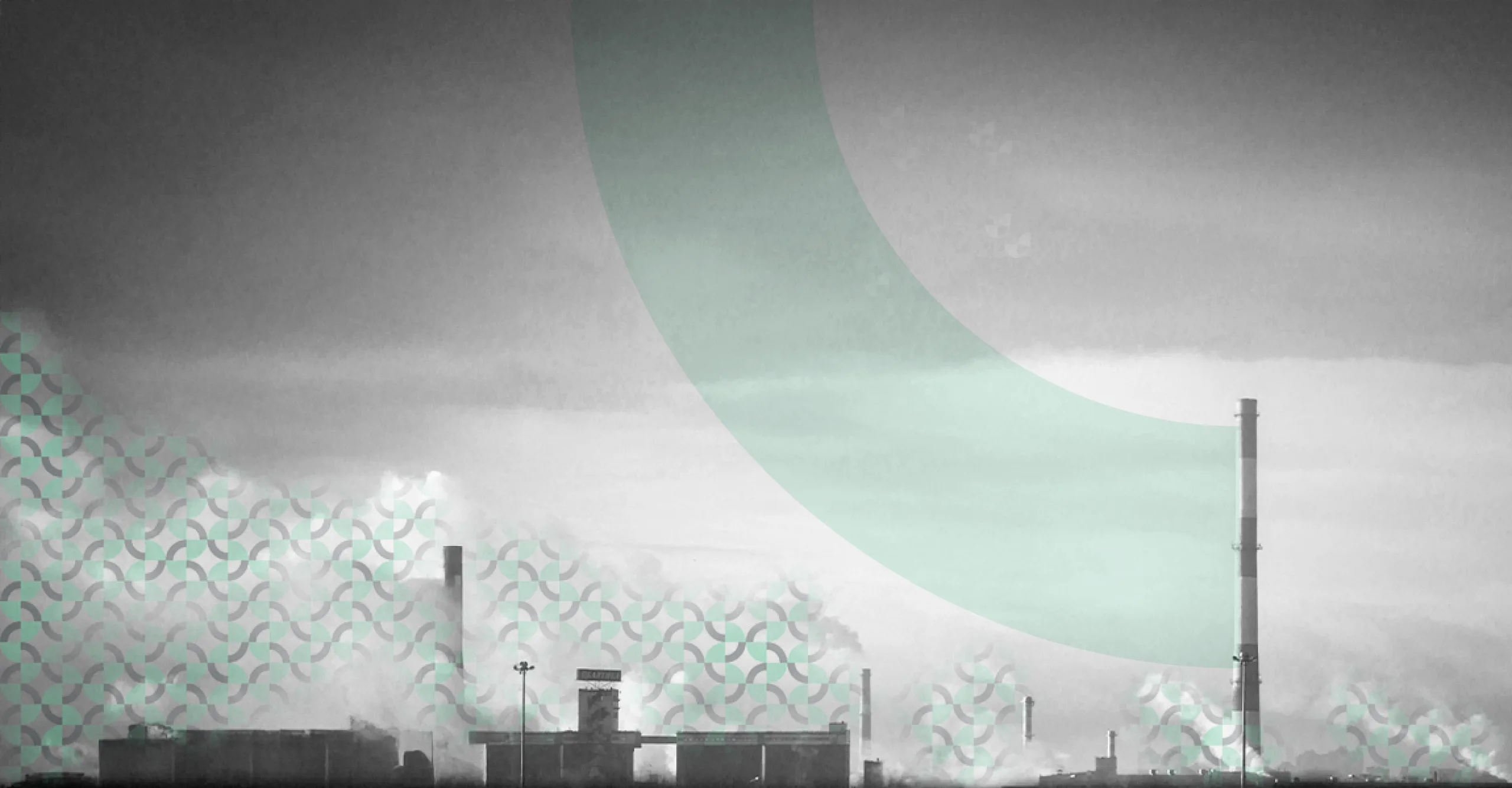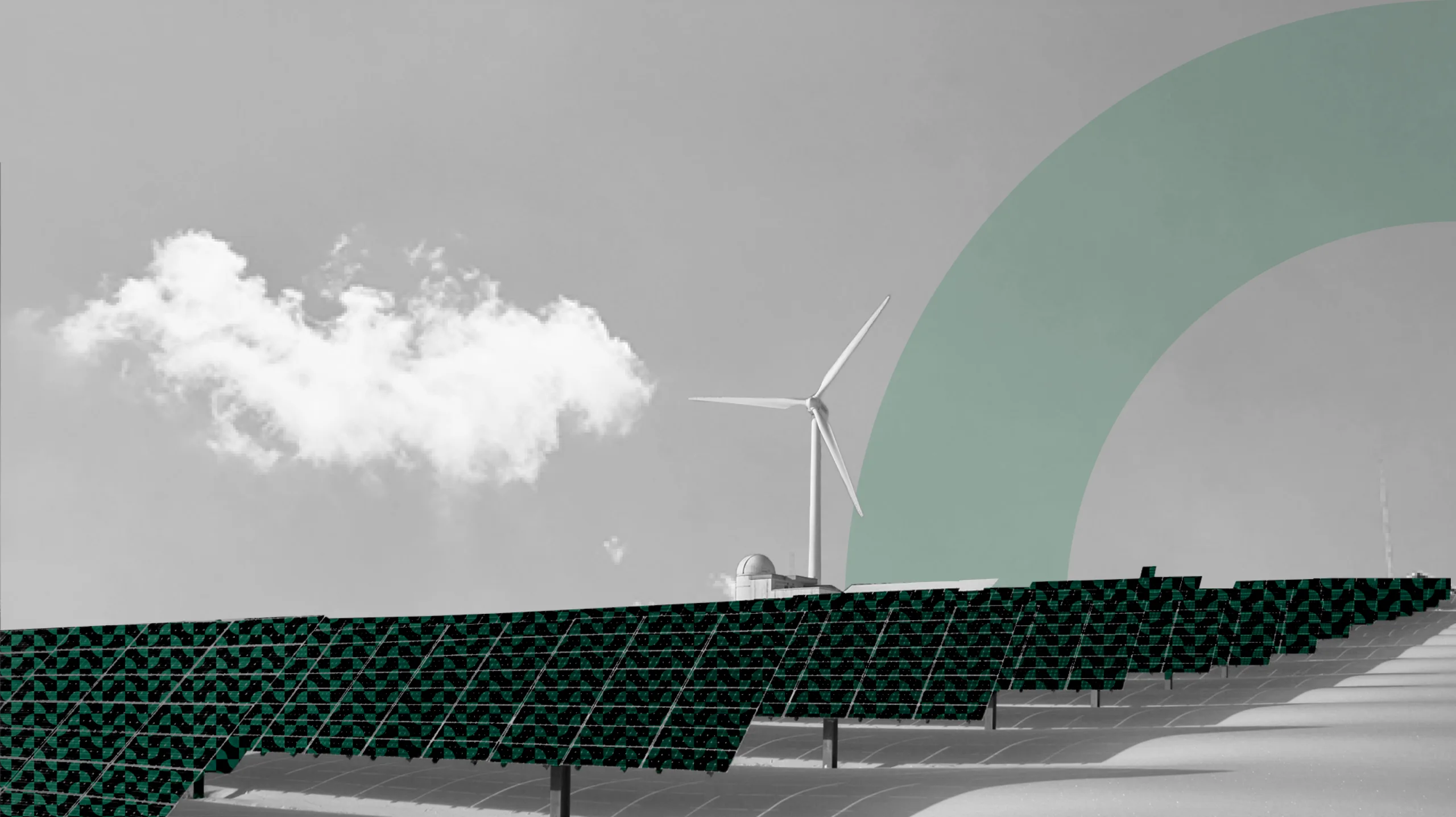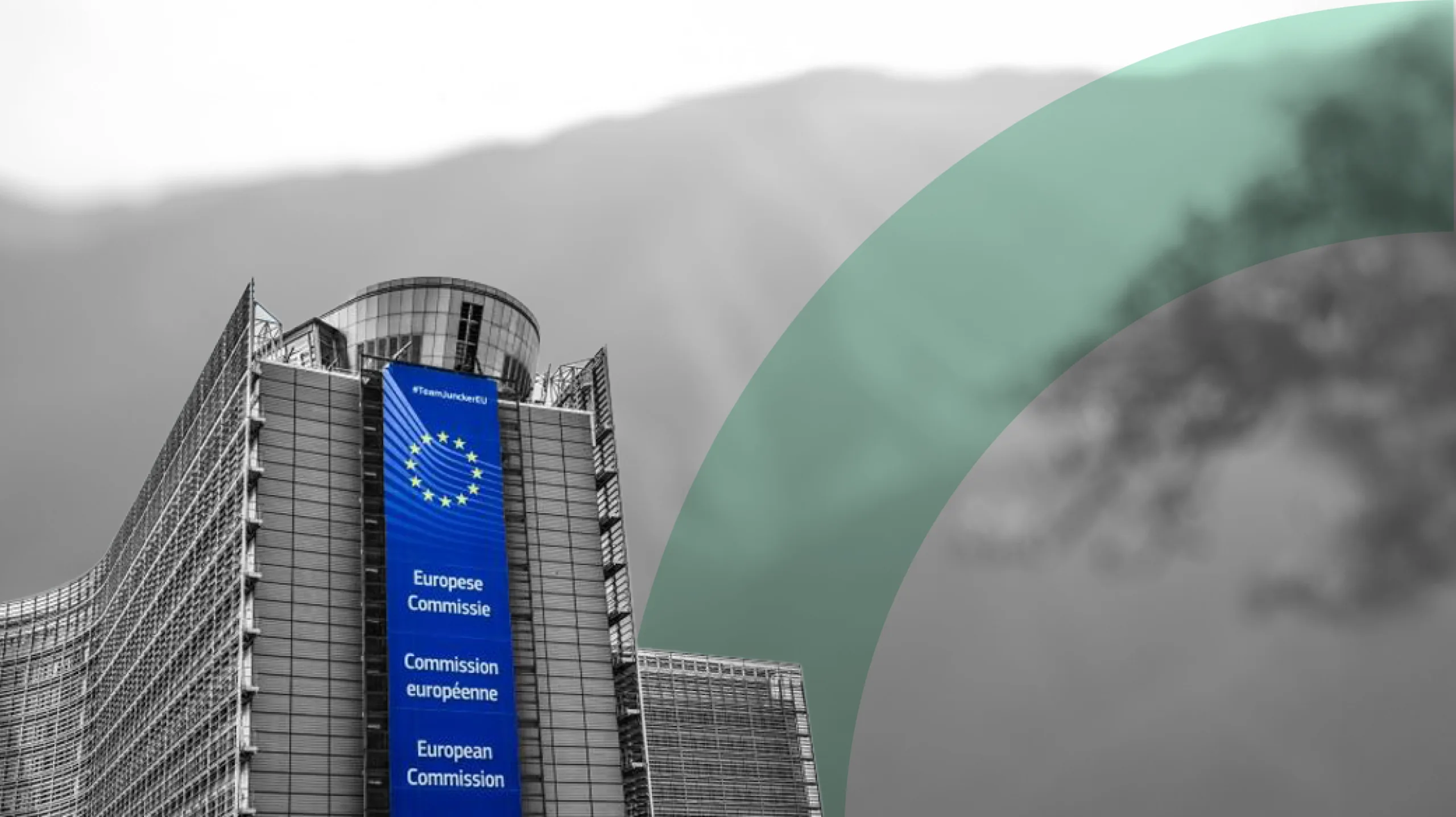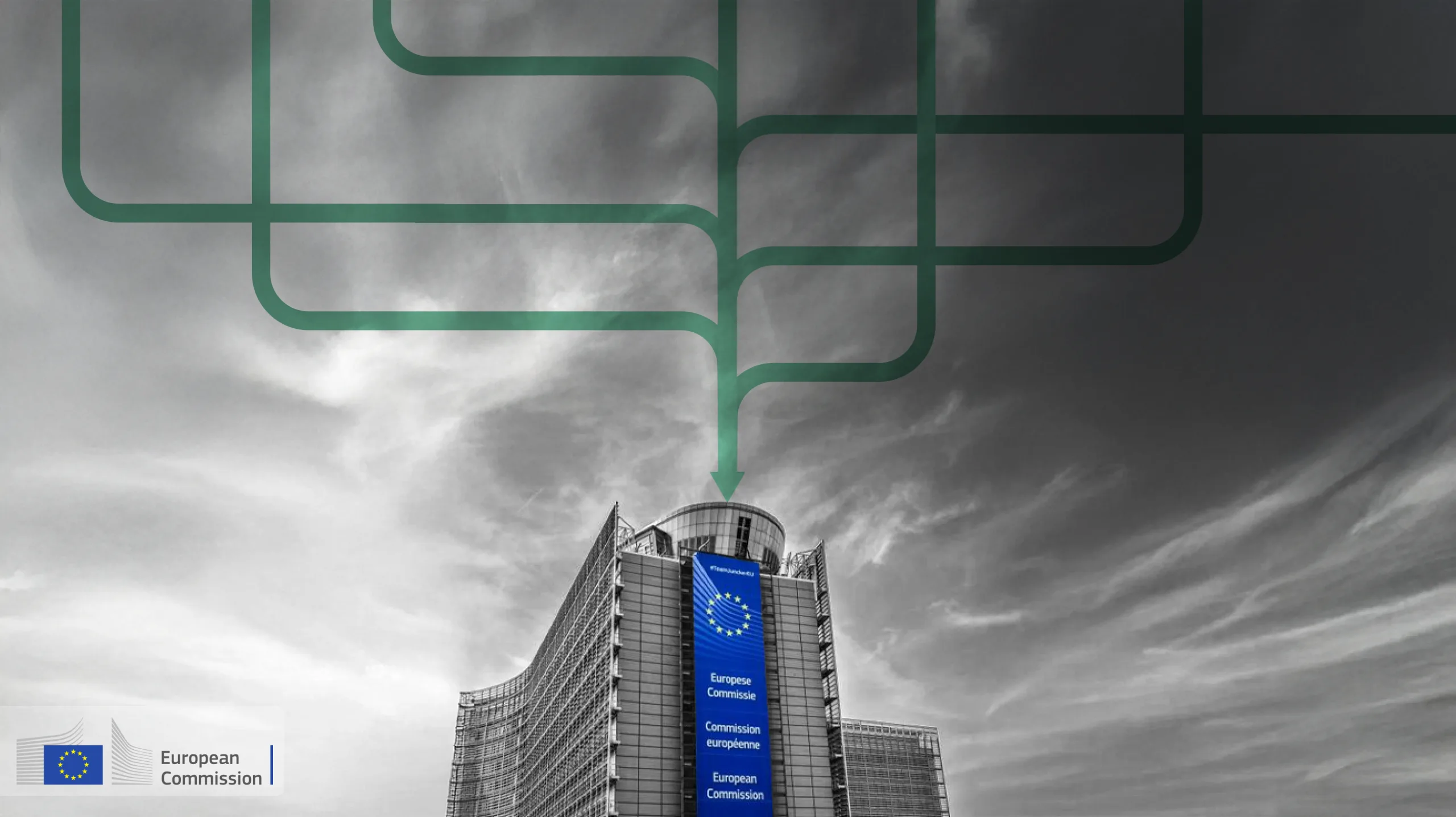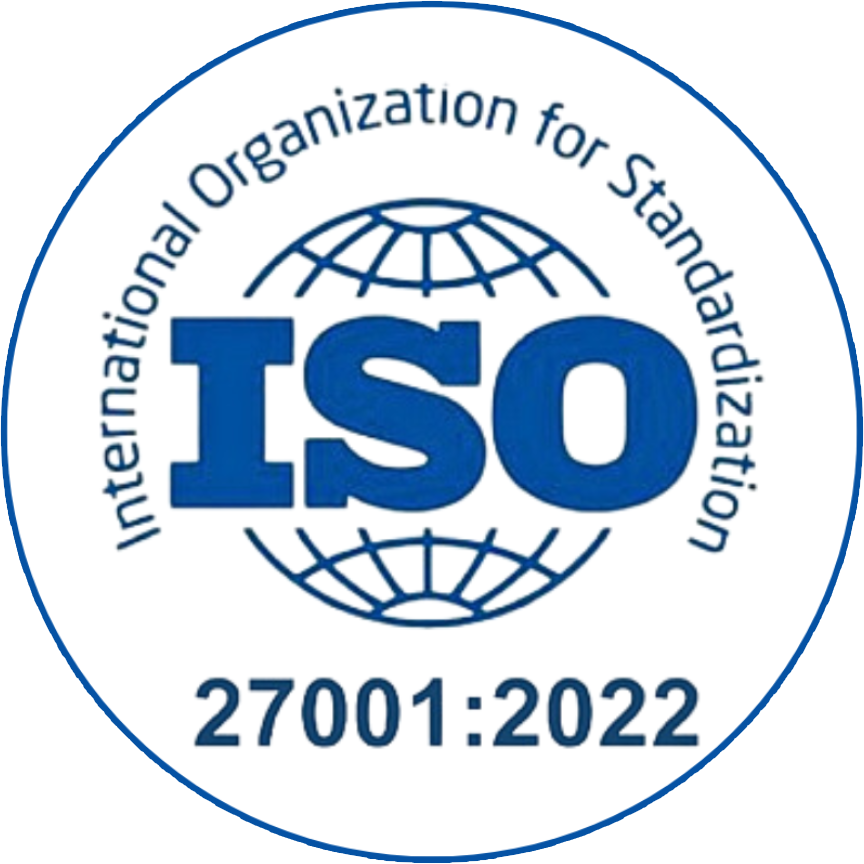Why This Conversation Is Urgent
Climate risk is no longer a future problem. Europe, for instance, is already the fastest-warming continent, and what used to be “once-in-a-century” floods, droughts, or wildfires are now regular features of the news. Businesses, governments, and communities are waking up to an uncomfortable truth: climate change is not just an environmental issue; it’s a systemic risk to economies, health, infrastructure, and social stability.
This is where Climate Risk Assessment (CRA) comes in. At its core, CRA is about identifying, analyzing, and prioritizing the ways climate change threatens societies, economies, and ecosystems. It’s not just science for the sake of science; it’s a decision-making tool. Done well, it helps leaders answer questions like:
- Which regions or sectors are most vulnerable?
- What risks demand urgent action today?
- Where should investments go to prevent catastrophic damage?
Let’s break it down step by step.
What Is Climate Risk Assessment?
Climate Risk Assessment is the structured evaluation of how climate hazards (like heatwaves, floods, or sea-level rise) interact with non-climatic drivers (like urban planning choices, social inequalities, or aging infrastructure) to create risks for people, ecosystems, and economies.
Unlike traditional environmental impact assessments, CRA takes a systemic view. It doesn’t just ask, “What happens if it gets hotter?” It asks:
- How will rising heat strain hospitals, reduce worker productivity, and impact energy demand all at once?
- How could flooding in one region disrupt transport, food supply, and even financial markets across Europe?
It’s an analysis of direct impacts and cascading risks.
The Building Blocks of Climate Risk Assessment
- Hazards – The physical events driven by climate change: extreme heat, droughts, floods, sea-level rise, storms.
- Exposure – Who and what is in harm’s way: populations, cities, infrastructure, ecosystems.
- Vulnerability – The ability (or inability) of systems to cope: social inequality, weak health systems, poorly designed buildings, degraded ecosystems.
- Cascades – How risks spill across systems: a drought reduces crop yields, drives up food prices, strains public finances, and sparks social unrest.
CRA combines scientific data (like climate projections) with socioeconomic analysis (like poverty levels or land use patterns) to show both probability and consequence.
Why Climate Risk Assessment Matters
1. Climate Risks Are Already Critical
The European Climate Risk Assessment identified 36 major climate risks. More than half already require immediate action, and eight are in the “highest urgency” category. Without decisive measures, many risks could reach catastrophic levels by the end of the century — including economic losses from coastal floods exceeding €1 trillion annually.
2. It’s About Systemic Stability
CRA shows how climate is a risk multiplier. Heatwaves don’t just kill vulnerable people; they reduce labor productivity, stress energy grids, trigger wildfires, and ripple through the economy. Floods aren’t just local disasters; they disrupt European solidarity funds, supply chains, and financial markets.
3. It Reveals Inequalities
Not everyone is affected equally. Vulnerable groups — the elderly, children, low-income communities — carry the heaviest burdens. CRA highlights where justice and adaptation intersect, ensuring solutions don’t leave the most at risk behind.
The Anatomy of Risk Cascades
Perhaps the most important insight from CRA is that risks rarely stay in their lane.
- Food → Drought reduces crop yields → Food prices spike → Low-income households face insecurity → Health outcomes worsen → Social unrest increases.
- Health → Heatwaves overwhelm hospitals → Reduced labor productivity → Lower tax revenues → Strained public finances.
- Infrastructure → Flood damages a transport hub → Delays ripple through supply chains → Manufacturing and trade grind to a halt.
By mapping cascades, CRA reveals leverage points: sometimes the smartest place to act is not where damage shows up, but where the chain starts.
From Risk to Action: What Climate Risk Assessment Demands
The European CRA is blunt: societal preparedness is still low. Policies exist, but implementation lags far behind the pace of risk escalation. Here’s what action looks like when informed by CRA:
- Invest Early in Resilience
Long-lived infrastructure like ports, energy grids, and housing must be designed for future, not past, climates. Choices made today lock societies into pathways for decades.
- Strengthen Ecosystems
Restoring wetlands, protecting forests, and safeguarding coastal ecosystems reduces risk while providing co-benefits like carbon storage and biodiversity protection.
- Integrate Climate Across Policies
Adaptation isn’t a separate policy stream. Health, agriculture, finance, and social protection all need climate risk baked into decision-making.
- Focus on Vulnerable Groups
CRA underscores that adaptation must be socially just. Ignoring inequalities amplifies risks instead of reducing them.
- Build Adaptive Capacity, Not Just Defenses
It’s not enough to build higher dikes. Societies need flexibility: diverse food systems, redundant infrastructure, responsive financial safety nets.
Why Businesses Should Care
For companies, CRA isn’t just a government exercise. Investors, regulators, and insurers are already demanding climate risk disclosure. Frameworks like the EU’s CSRD or global ISSB standards require firms to map and disclose their climate risks — physical and transition.
In practice, that means:
- Assessing supply chain vulnerabilities to droughts, floods, or energy shortages.
- Stress-testing business models against climate scenarios.
- Investing in adaptation strategies, from diversified sourcing to climate-resilient facilities.
The companies that treat CRA as strategic foresight, not just compliance, will be the ones resilient enough to thrive.
Conclusion: From Assessment to Preparedness
Here’s the truth: we already know enough to act. The European Climate Risk Assessment shows that the gap is not knowledge, it’s implementation. Climate Risk Assessment is the flashlight — it reveals where the risks lie, how they connect, and what’s most urgent. But it’s only valuable if societies, businesses, and governments actually move.
Europe is a warning sign for the rest of the world: without urgent adaptation, we’re heading toward crises that are not just environmental but systemic.
The question is not whether climate risk assessments matter. It’s whether we’ll act fast enough on what they tell us.
How Can You Stay Ahead?
Climate Risk Assessment shouldn’t stay locked in 300-page reports. Our AI-powered sustainability platform translates complex risk data into actionable insights for businesses. From identifying supply chain vulnerabilities to building audit-ready climate disclosures, we help enterprises move from awareness to resilience.
If your organization is still navigating climate risks through spreadsheets and guesswork, now is the time to shift. Let us show you how structured, data-driven assessment can safeguard your business and turn risks into strategy.
Book a session with our climate experts to see how Sprih can help your company get climate-ready.
FAQs
What is Climate Risk Assessment (CRA)?
Climate Risk Assessment is a structured process for identifying, analyzing, and prioritizing how climate change poses risks to people, economies, ecosystems, and infrastructure. It evaluates both direct hazards (like floods or heatwaves) and their cascading effects across sectors.
How is CRA different from traditional risk assessments?
CRA takes a systemic view. Instead of looking at isolated environmental impacts, it maps how climate hazards interact with social, economic, and infrastructural vulnerabilities—often exposing complex chains of cascading risks.
What are the key components of CRA?
CRA is built around four pillars: Hazards (climate-driven events), Exposure (what is in harm’s way), Vulnerability (ability to cope), and Cascades (how one impact triggers another). Together, they show where action is most urgent and what systems are at risk.
What are risk cascades in CRA?
Risk cascades are chains of interlinked consequences. For example: drought lowers crop yields → food prices spike → low-income communities suffer → health outcomes decline → social unrest rises. CRA maps these chains to find where early interventions are most effective.
How should governments respond to CRA findings?
Policy needs to shift from reactive to proactive. That includes investing in resilient infrastructure, integrating climate risk across sectors (health, finance, agriculture), protecting vulnerable groups, and prioritizing ecosystem restoration. The focus should be systemic resilience, not just localized fixes.
Why should businesses care about CRA?
Climate risks are boardroom issues. Regulations like the EU’s CSRD and global standards (e.g. ISSB) now require disclosure of physical and transition risks. CRA helps companies map their exposure, protect assets, strengthen supply chains, and build long-term resilience.
How can companies apply CRA practically?
Start by assessing exposure across operations and supply chains. Use climate data to stress-test your business under various scenarios. Then integrate those insights into sourcing strategies, facility upgrades, financial planning, and disclosures. CRA is both a compliance tool and a strategic advantage.
What role does technology play in CRA?
AI and data platforms like Sprih help transform complex climate data into actionable risk intelligence. From visualizing exposure hotspots to generating audit-ready disclosures, digital tools make CRA scalable, timely, and strategic.
How can my company get started with CRA?
You don’t need to start from scratch. Sprih’s climate experts can help you assess risks, translate CRA into financial terms, and build a forward-looking resilience plan. Book a session to see how we can support your climate-readiness journey.
